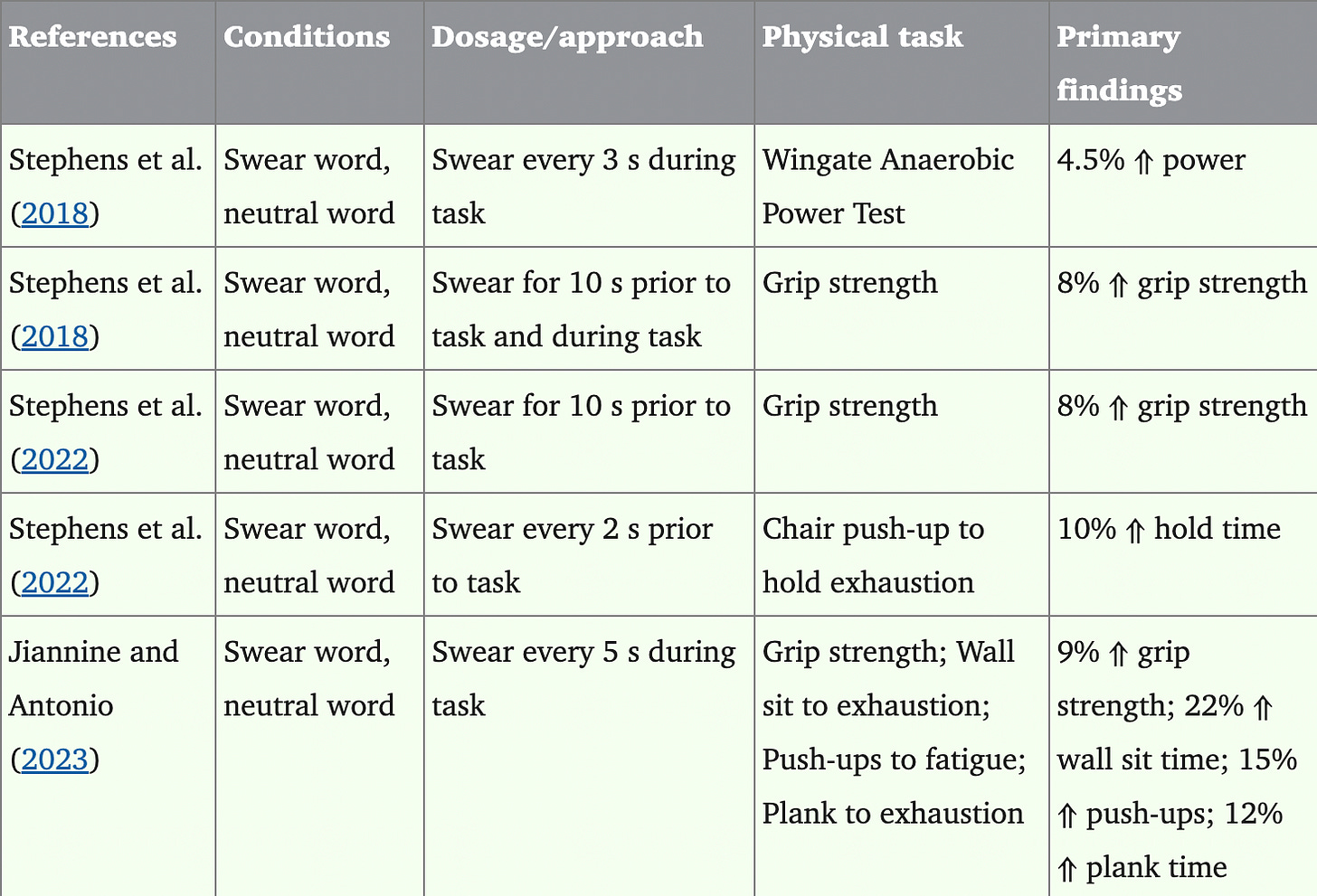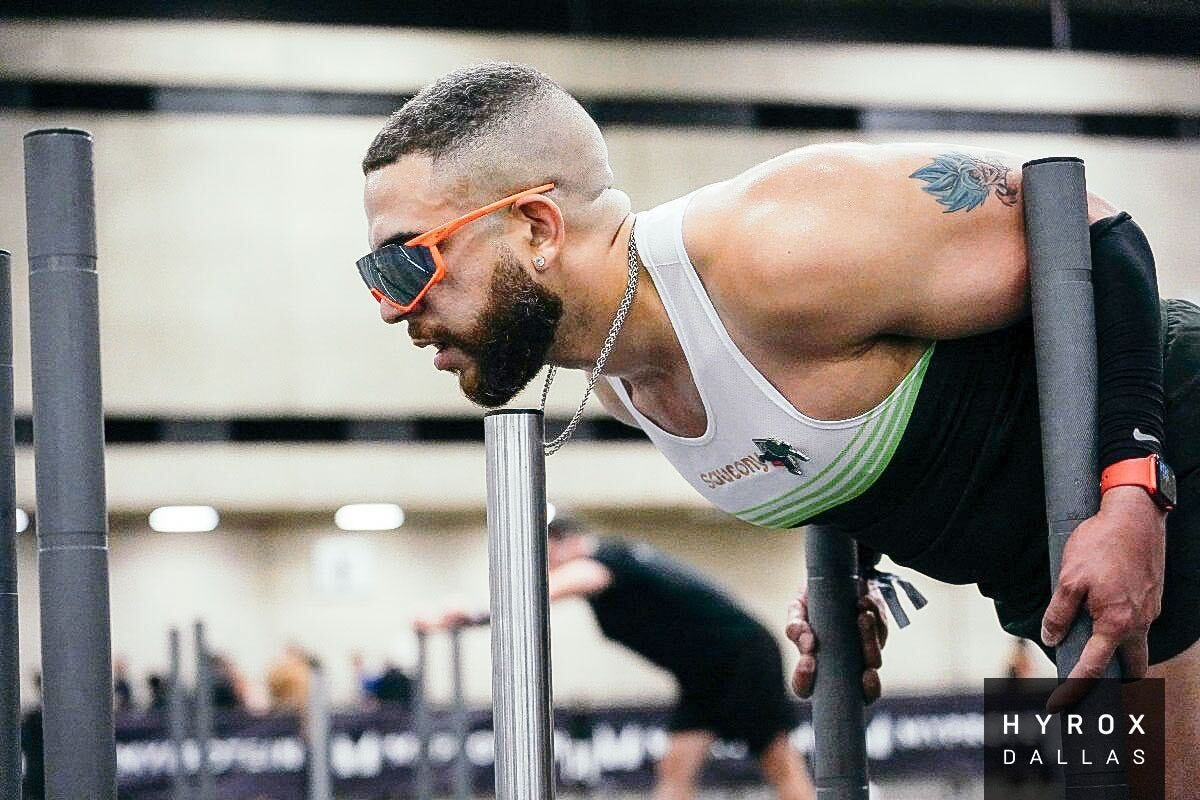The mystery woman dominating Hyrox in the USA
Jenn Thompson has burst onto the hybrid scene in 2024, winning the women's pro division at Hyrox Chicago (1:03:05) and Hyrox Anaheim (1:04:43). In both races, Jenn prevailed over impressive fields that included current and former Elite 15 athletes. Her time in Chicago was a world record for the 40-44 age group.
The Hybrid Letter talked with Jenn about her running volume when she was a 7th grader, her favorite pre-race snacks, and how she has reached an elite level of fitness with a full-time job and two kids.
This interview has been edited for length and clarity.
The Hybrid Letter: Have you always been an athlete?
Jenn Thompson: I’m from a super small town, probably around 1,500 to 1,800 people. Growing up in a place like that, you end up doing a bit of everything just to fill out the teams. I did track, basketball, cheerleading, dancing—and I was really into running. My older sister was great at track, and one day, on a whim, she asked me to go running with her. I thought she was the coolest person ever, so I jumped at the chance. Anytime she wanted to run, I was in. We got really serious about it. In high school, I was most involved in track since we didn’t have cross country. Later, I walked onto the University of Montana’s track and cross-country teams. Compared to the other girls, I wasn’t especially talented, but I loved being part of the team and growing. Unfortunately, running caused too many injuries, so after my sophomore year, I decided to stop. After that, I got into personal training and group fitness.
THL: How did you get into hybrid training and racing?
JT: I’ve trained this way for a long time because I’ve always loved group fitness and incorporating an athletic style of training. I taught a lot of bootcamp-style classes that included race elements and similar activities. But honestly, it really clicked about two years ago when I attended a work conference in Houston. We were considering becoming a Hyrox affiliate, so I decided to jump into the open division to see what it was all about. I absolutely loved it. It completely kicked my butt—I couldn’t walk for days afterward! I remember trying to get off the plane the next day and thinking, How am I going to do this? But I was hooked. A few months later, I competed in the pro division in Anaheim, and that was it for me. The structure of Hyrox—setting clear goals for strength and running—really drew me in. It’s been such a gift, especially bringing back running in a way that’s fast and exciting.
THL: What surprised you the most during your first race?
JT: Honestly, the running.
When you first look at the race elements, they don’t seem too bad on paper. I thought, A 44-pound sandbag? That’s manageable. But then you get out there, and it’s a completely different story. During my first pro race in Chicago, I got behind a group of guys and watched their legs quaking during lunges. I had to tell myself, Don’t look at their legs—you’ll freak yourself out.
The running was the hardest part. After that race, I started focusing more on my running, which has made a huge difference in recent races. Strength training has always been a strong point for me, so I didn’t need to adjust much there. But integrating intense running with strength elements was the game changer.
I’ve always trained at a higher volume, so the base was already there. It wasn’t about adding more hours but making strategic adjustments. Incorporating threshold running—and practicing transitions from running to strength work—was the key.
THL: What is your running volume like now?
JT: It’s not as high as some other athletes. I’ve dealt with overuse injuries in the past, especially in college. Back then, I thought running more was the only way to improve. As a seventh grader, I was running 70 miles a week. It led to a lot of scar tissue in my hips. By college, I was relying on anti-inflammatories just to function. Eventually, I realized I wanted to prioritize longevity. Now, I run 30 to 35 miles a week, maybe up to 40. I supplement with stair climbing and other low-impact activities to avoid injury.
THL: How do you balance training with a full-time job and kids?
JT: My daughters are older now—19 and 15—so they’re more independent, which helps a lot. When they were younger, weekends were packed with their sports and activities. These days, I get up super early to fit everything in. My boss has also been incredibly supportive. When I decided to get serious about Hyrox, I asked if I could take longer lunch breaks twice a week for my threshold runs, and she agreed. My husband has been amazing too. Last Christmas, he got me turf, an air runner, sleds, and heavier kettlebells for our home gym. Having that support motivates me to stay disciplined.
THL: Where does your mind go during a race?
JT: I focus on each station, one at a time. From training, I know what certain elements should feel like, so I keep that in mind. For example, on the skier, I remind myself not to blow up—just to stay steady and controlled. It’s all about sticking to the cues I’ve practiced in training.
THL: Do you prefer to lead or chase in a race?
JT: Going into races like Chicago and Anaheim, I was more focused on my time than placement. I hadn’t even visualized winning; I just pictured crossing the finish line and seeing my time. In Chicago, when I realized I was in the lead, it was a surprise. I’d say I prefer chasing, but leading hasn’t been bad either — just unexpected.
THL: What station have you had to work on the most?
JT: Wall balls. They’re the worst. I train them constantly, doing sets of 300, but I’ve never executed my race plan perfectly. I go in thinking, Today, I’ll do 45, 30, 25, but it always ends up being survival mode. There’s a lot of room for improvement, which is frustrating but also motivating.
THL: Do you make your own training plan?
JT: Yes. I studied Exercise Science and have been a trainer for 21 years. Teaching group fitness adds complexity. On days when I teach back-to-back high-intensity classes, it’s challenging to balance that with my own training. Recently, my sister—who’s also a trainer—has been helping me stay on track. She pushes me during workouts and keeps me accountable.
THL: What are your non-negotiables for rest and recovery?
JT: For me, zone 2 training is essential. It’s tempting to skip it for higher intensity, but I’ve found it’s great for blood flow and recovery. I also use a red light bed and compression boots, which have been helpful. I don’t stick to a strict weekly rest day—I take one when my body feels it’s needed. That flexibility works better for me.
THL: What’s your pre-race routine?
JT: I eat easy-to-digest foods—goldfish and pretzels are my go-to. Before the race, I find a quiet spot to listen to my pre-race playlist and calm my nerves. I remind myself that the race belongs to God and focus on executing the plan. About 20 minutes before the race, I head to the start area, ready for the noise and chaos.
THL: What advice would you give to first-time racers?
JT: Start with the open division. It’s tempting to jump into pro, but the open gives you a chance to see how it feels. Go in without huge expectations. Train hard, but take a moment to soak in the experience. The venues are incredible, and the community is inspiring. I remember seeing a man in a wheelchair doing sleds in Anaheim — it reminded me how special this sport is.
THL: What are your goals for the season?
JT: My main focus is on winning my age group at Worlds. At Houston, my target is 1:01, which feels doable. Houston is perfectly timed to assess how training is going before Worlds. Anaheim was a bit of a disappointment, so I’m looking to bounce back and fine-tune my performance for Worlds.
You can follow Jenn on Instagram.
Science Corner: Swearing fucking works
A new study published in the academic journal Frontiers in Psychology found that swearing "has been shown to improve physical performance during short and intense tasks requiring strength and power development." They base this finding on a review of multiple studies, which found that swearing resulted in statistically significant improvements in power, grip strength, and the number of pushups completed.
The authors conclude that "swearing represents a low-risk, effective, and inexpensive intervention that has the potential to acutely improve physical performance." They caution, however, that "the taboo nature of swearing may limit its utility in real-world situations." We say do whatever fucking works.
You can read the entire study here.
Hybrid Athlete of the Week: Travis Lyles
Name: Travis Lyles
Age: 31
Hometown: Newport News, Va.
Why did you start hybrid racing? I started hybrid training in 2023. I’ve always been into lifting and fitness, but about a year ago, I really started appreciating the idea of being both strong and fast. I wasn’t a runner growing up, but when I began training for my first race, I realized I was naturally pretty good at it, especially with middle-distance lengths. From there, it became an obsession to get stronger and faster. I saw these as attainable goals with discipline and consistency, and I loved how they complemented each other.
I’ve always enjoyed competing. I was an athlete throughout my life, but during most of my 20s, I didn’t have an outlet to scratch that itch. Hybrid racing gave me something to work toward and compete in again, and I’ve loved it ever since.
Favorite race to date? Definitely New York 2024! The race was outside at Pier 76, which made it such a unique experience. The energy was electric.
Do you have a race goal? I would love to break 70 minutes in Hyrox singles one day. I have a long way to go, but I think I can cut down a lot of time by improving on a few stations and learning to control my heart rate consistently throughout the race.
Favorite station? Sled push is probably my favorite. It’s always humbling, but it’s also where I feel the strongest during the race. There’s no better feeling than a sled moving smoothly and knowing the hard work you’ve put in is paying off.
Least favorite station? I have a love/hate relationship with the burpee broad jump station. I hate it because it’s the most difficult for me and leaves me completely exhausted. But I also love it because it’s where I see the most potential for improvement. It’s definitely the station where I think I can shave the most time.
Things you wish you knew when you started racing? Interval runs made me so much faster, but I didn’t start incorporating them into my training until after my first race. Changing speeds—even alternating between an 8-9/10 effort for a few minutes and walking or jogging—really improved my endurance and speed, especially when my legs were fatigued.





Great issue! Thanks for it